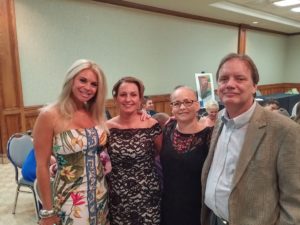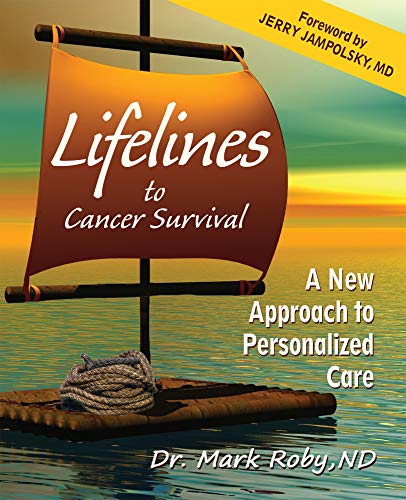From day one, when I got hit with the devastating news, I knew the only way I would survive would be to use an integrative, personalized approach. My situation was dire and the prognosis was grim. At the time of my diagnosis, there were only 125 other patients around the world registered in the internet group HEARD, meaning they had the same type of sarcoma I was battling. Even though many patients in this group had a low grade histological diagnosis, one by one they started dying off. Regardless of what I was being told by so-called experts, I did not plan on ending up a statistic.
Talking to many of my fellow survivors while on their death beds really motivated me to research my tumor type and find targets I could hit nutritionally and conventionally. Ninety percent of my free time was spent learning how to attack inflammation, angiogenesis and other targets. I always took my research to my oncology appointments so I could share it with my clinicians. I also had a number of phone consults around the U.S. and Europe that allowed me to gain a new perspective.
I was repeatedly rejected for liver transplants by numerous hospitals in the mid west, however, as I stated before, my early research paid off. Liver transplant surgeon Dr John Fung, whom I had reached out to starting in 2003, eventually became the head of his department and approved my lifesaving liver transplant in 2009.
One thing that impressed me about Dr Fung was that he coauthored some scientific articles regarding liver transplants and rare sarcomas. Moreover, Dr Fung and his staff at Cleveland Clinic would always give me a my partner Kathleen excellent care, attention and hope. He would go over each scan and test with us while discussing the risks and benefits of my potential transplant. Not only that, Dr Fung and his staff allowed me to talk to a number of liver transplant patients about their treatments experiences and outcomes. You can ask for the same thing.
Leading up to my transplant, I was increasingly short of breath, exhausted, and could hardly bend over because of the massive amount of fluid in my abdomen due to my failing liver. I looked like a dead man walking, who was somehow six months pregnant. My arms and legs were swelling up like balloons, and I knew I was on the edge.
On the morning of December 28th, 2009, seven years to the day I was initially diagnosed with cancer in 2002, the transplant surgeons at Cleveland Clinic working 13 hours to replace my tumor infested liver, with a new one. M any , many patients with sarcomas in general, or liver cancer, do not get offered such cutting edge procedures.
any , many patients with sarcomas in general, or liver cancer, do not get offered such cutting edge procedures.
Patients facing aggressive, rare or advanced malignancies,,,,need to get engaged, research their tumors and demand personalized cancer care. This is not near the norm in the US. Additionally.cancer patients must use every tool available to make their bodies cancer-unfriendly! We have the tools,,,now it’s high time that we use them!

